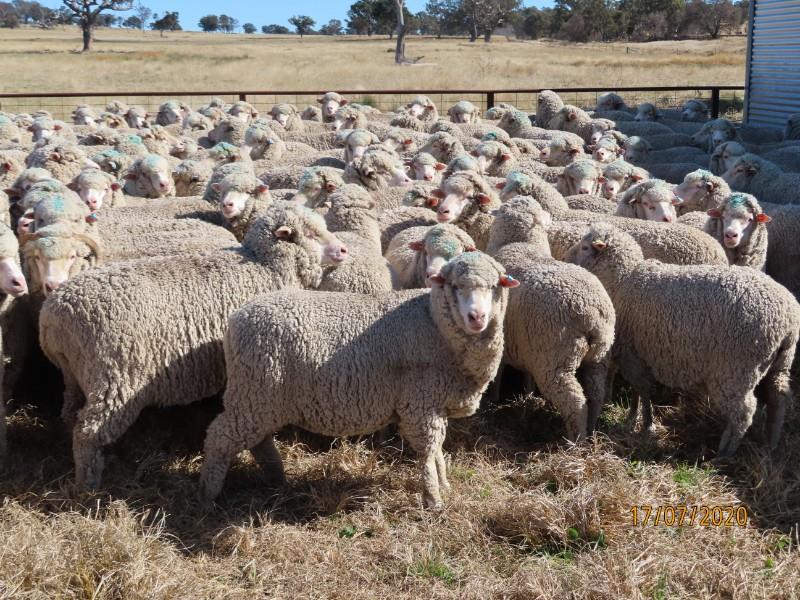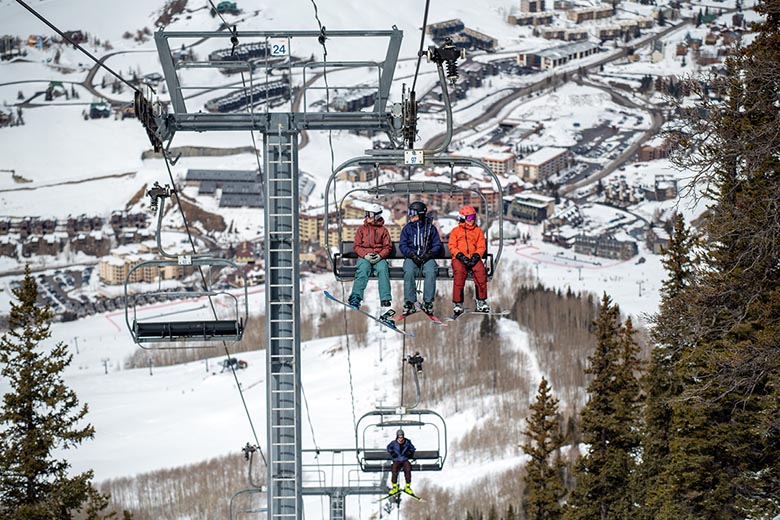Merino wool is a form of wool that is derived from Merino sheep, which are known for their fine and soft wool. Merino is softer than regular wool. This is due to Merino sheep's finer fibers. Its finer fibers make it less irritating, and easier to wear to the skin.
Warmth- Merino wool provides excellent warmth due to its ability to trap air within the fibers, providing insulation. It also has a great ability to wick moisture which means it will keep you warm, even when it's damp.
Durability- Merino wool is more durable than regular wool due to the strength of the Merino sheep's fibers. This means that Merino wool is more resistant to tear and wear than regular wool, and also less likely for it to break.
Merino wool's natural anti-bacterial properties make it impervious to smells. This allows you to wear it for longer without creating an unpleasant smell.
Breathability Merino wool has a very high level of breathability. It lets moisture escape and keeps you comfortable even in hot temperatures.
Merino wool generally has a higher quality than ordinary wool. It's also more expensive due to its superior qualities.

What Is The Difference Between 3/4 Length, Long Sleeve, Hooded And Zip-Neck Merino Base Layers Differ?
There are a variety of Merino wool base layers. They include 3/4-length, long sleeves (hooded), zip-neck and hooded. Here is a breakdown of the four kinds of base layers. How do you choose the best 3/4-length Merino wool base layer. The base layer is worn underneath shorts or under pants and is perfect for moderate to cool weather. They're an excellent choice when you need an extra layer of warmth but don't require long-length base layers.
Long Sleeve Merino wool layers with base layers made from long sleeves are designed to keep warm the upper body. They come in a range of weights, and are a good option for those who are experiencing cold temperatures. Long sleeve base layers are perfect for low to moderate intensity activities in which you may require extra warmth.
Hooded Merino wool base layers are made to offer warmth and protect against the elements. They typically come with an attached hood that can be worn underneath a helmet or any other accessories for your head. Hooded base layers are ideal for activities where you might be exposed to cold or the wind.
Zip-neck Merino wool base layers made of Merino wool are ideal for controlling temperature and airflow. They often feature a neckline that is zippered, which can be opened or closed according to the weather conditions. A base layer with a zip-neck is ideal for any activity that need to quickly regulate your body temperature, such intense sports.
When selecting the best Merino base layer, you should take into account the weather conditions, the level and preferences of your activities in addition to your individual preferences. Base layers of 3/4 length are ideal for mild to cool climates and long-sleeved base layers are ideal for winter conditions. Hooded layer provide extra protection against cold and windy conditions. It is possible to use a zip-neck base layers for tasks that require quick temperature control. It is also important to take into consideration the fit, and allow full range of motion. Go best base layers for more tips.

What Is The Best Combination For Ski Clothing Mid Layer?
The conditions of the weather and your personal preference will determine the ideal ski midlayer clothing combination. Here are some options to take into consideration Merino wool base layer as well as Himalayan Jak wool midlayer. This combo is perfect for cold weather when warmth is the top priority. The Merino wool base layer is excellent for control of moisture and regulate temperature as well as temperature regulation. The Himalayan mid-layer of yak wool adds an extra layer of insulation as well as warmth.
Merino wool layer and Himalayanyak wool layer- This combo is great for conditions that change all day long. Merino Wool mid-layer will provide warmth, moisture management and the Himalayan Jak Wool layer will give you an additional layer of insulation if needed.
Merino base layer, Merino yak wool middle-layer, and Merino wool middle-layer are constructed out of Merino molasses. This combo is ideal for extreme weather conditions or people with sensitivity. The Merino wool base layer provides temperature regulation and moisture control and moisture control, while the Merino wool's middle layer is designed to give warmth. The Himalayan Himalayanyak wool mid-layer will provide warmth and insulation.
Layering is a personal choice. The type of your body, level of activity, the weather, and your preferences will all affect the combination you select. It is also important to choose layers that fit comfortably and allow an entire range of motion, which will ensure comfort and mobility while skiing. Go great ski thermals at koraoutdoor.com for more tips.

What Is It That Is It That Makes Merino And Himalayan Yarn Better Than Cotton Nylon, Polyester And Fleece Alternatives For Ski Clothing?
Merinowool and Himalayanyak wool are superior than polyester, nylon, fleece, nylon, and nylon for ski clothes. Warmth - Merinowool as well as Himalayanyak wool work as excellent insulators. They keep you warm in freezing temperatures. Contrary to polyester, cotton, and nylon, which don't offer enough insulation, Merino wool and Himalayan yarns have a superior warmth-to-weight ratio, which means they are light and comfortable to wear while still providing excellent insulation.
Moisture management - Merino wool, Himalayan Yak wool, and Himalayan Yak yarn are great at controlling moisture. This means that you can ski comfortably and dry in them. Both are naturally moisture-wicking. They draw moisture from the skin and move it towards the outer layers and then evaporate. This is different from cotton, which absorbs moisture. The fabric can become heavy and uncomfortable when it becomes wet.
Breathability Merino and Himalayan wools are extremely permeable, which permits air to circulate through the fabric. This helps to regulate the body's temperature as well as prevents overheating. This is essential when you are wearing ski gear. This allows you to stay comfortable while skiing. However polyester, fleece, and polyester are not as breathable and retain heat and moisture, which can make you feel uncomfortable and uncomfortable.
Comfort- Merino wool, Himalayan Yak wool, and Merino wool are both naturally soft and extremely comfortable. They can be worn close the skin. They are extremely flexible and elastic. This means that they are able to move with your body and allow you to enjoy a full range of motion. However, fleece, nylon and polyester may be difficult to move and uncomfortable. They can limit your movement, cause chafing, and create discomfort.
SustainabilitySustainable Merino wool and Himalayan Yak wool are natural and sustainable fibers that are biodegradable and can be recycled. They are therefore more eco-friendly than synthetics such as nylon or polyester, which are made with non-renewable resources and require longer to break down.
Merino wool is superior to nylon, polyester and nylon for ski clothing. They are durable, warm, moisture-wicking and breathable making the ideal option for people who wish to enjoy a safe and comfortable ski.